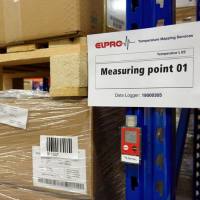Fate maps, by defining the relationship between embryonic tissue organization and postnatal tissue structure, are one of the most important tools on hand to developmental biologists. In the past, generating such maps in mice was hindered by their in utero development limiting the physical access required for traditional methods involving tracer injection or cell transplantation. No longer is physical access a requirement. Innovations over the past decade have led to genetic techniques that offer means to “deliver” cell lineage tracers noninvasively. Such “genetic fate mapping” approaches employ transgenic strategies to express genetically encoded site-specific recombinases in a cell type-specific manner to switch on expression of a cell-heritable reporter transgene as lineage tracer. The behaviors and fate of marked cells and their progeny can then be explored and their contributions to different tissues examined. Here, we review the basic concepts of genetic fate mapping and consider the strengths and limitations for their application. We also explore two refinements of this approach that lend improved spatial and temporal resolution: (1) Intersectional and subtractive genetic fate mapping and (2) Genetic inducible fate mapping.






